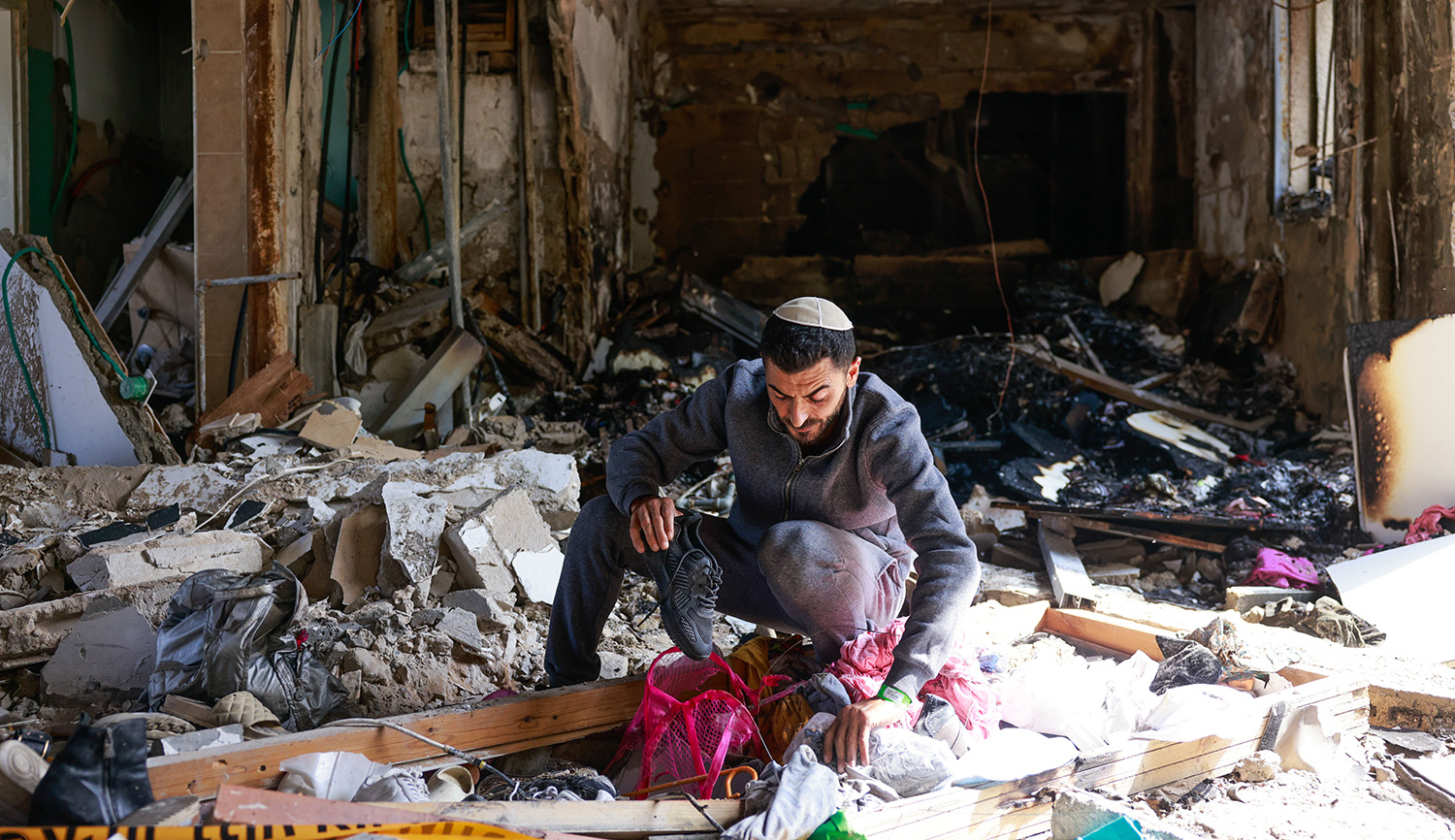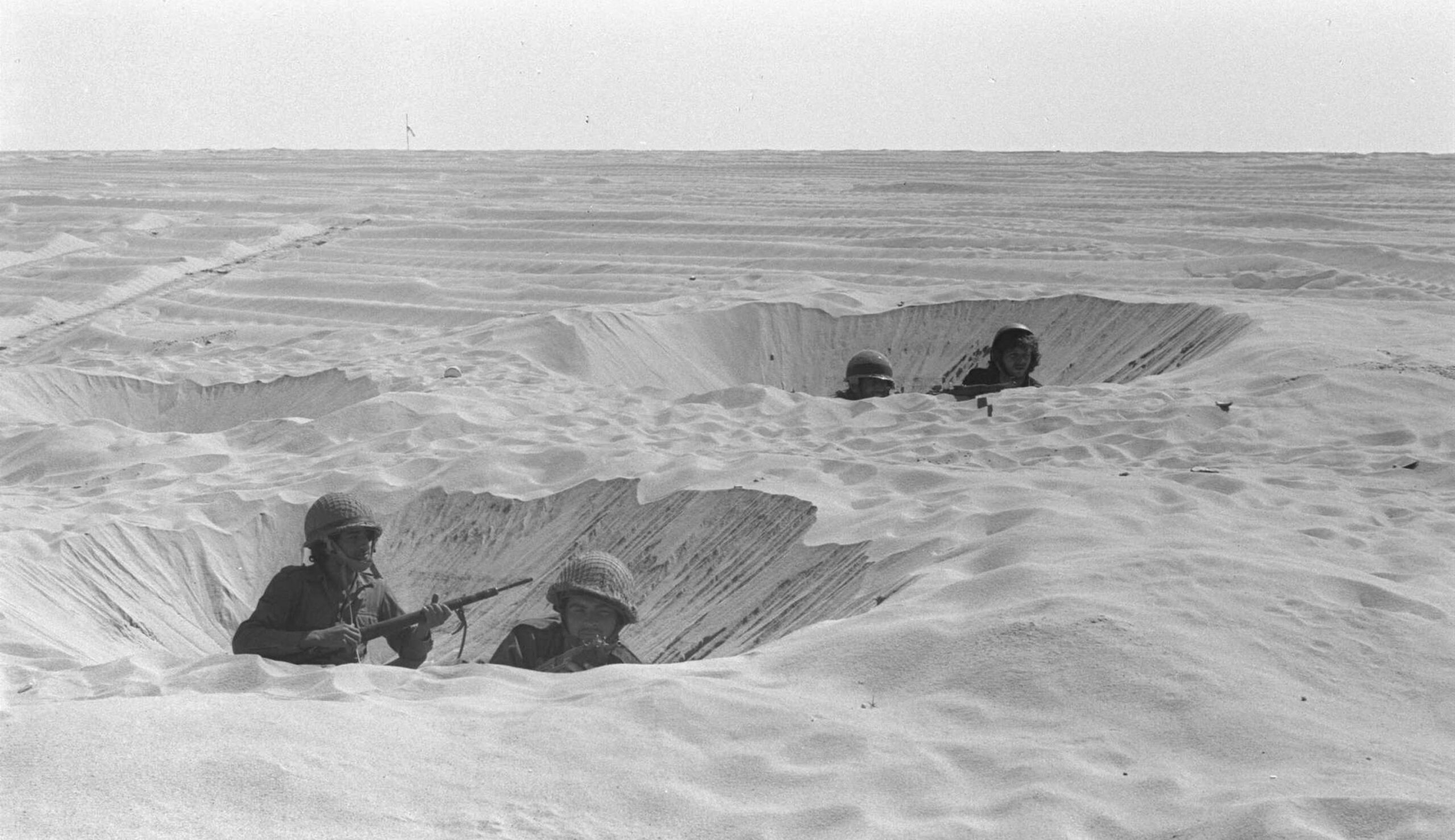With some 300,000 citizens displaced from their homes, a large proportion of the workforce called up for military service, tourism slowed, agriculture in border areas brought to a halt, and massive government expenditures on the war effort, the Jewish state is under considerable economic strain. Alex Brummer reports that, nonetheless, it appears able to whether the storm:
After an initial currency collapse at the start of the conflagration, the shekel has bounced back strongly. It is now worth 3 percent more against the dollar than on October 7. Blessed with strong foreign-exchange reserves, the Bank of Israel was able to come to the rescue with a large-scale intervention in the foreign-exchange markets.
In Israel, the collapse in total output or GDP in the final quarter of the year is estimated to have been 19 percent. In spite of this, there is no current forecast of recession in 2023 with the economy still expected to expand in 2024.
There will be severe economic costs for Israeli citizens and taxes may eventually have to rise to pay for the war. . . . But as investment bankers Goldman Sachs note: “Israel’s economic and financial vulnerabilities are much lower today than compared to other major episodes of escalating violence.”
The country is protected by its strong currency reserves, reduced dependence on inflows of foreign currency and robust underlying growth. The rebound in the value of the shekel means that when the conflict eases the Bank of Israel has scope to reduce interest rates. Past prudence in managing Israel’s economy mean that stability is not threatened. A rapid recovery of lost wartime output—once the guns are silenced—is eminently possible.
More about: Gaza War 2023, Israeli economy


